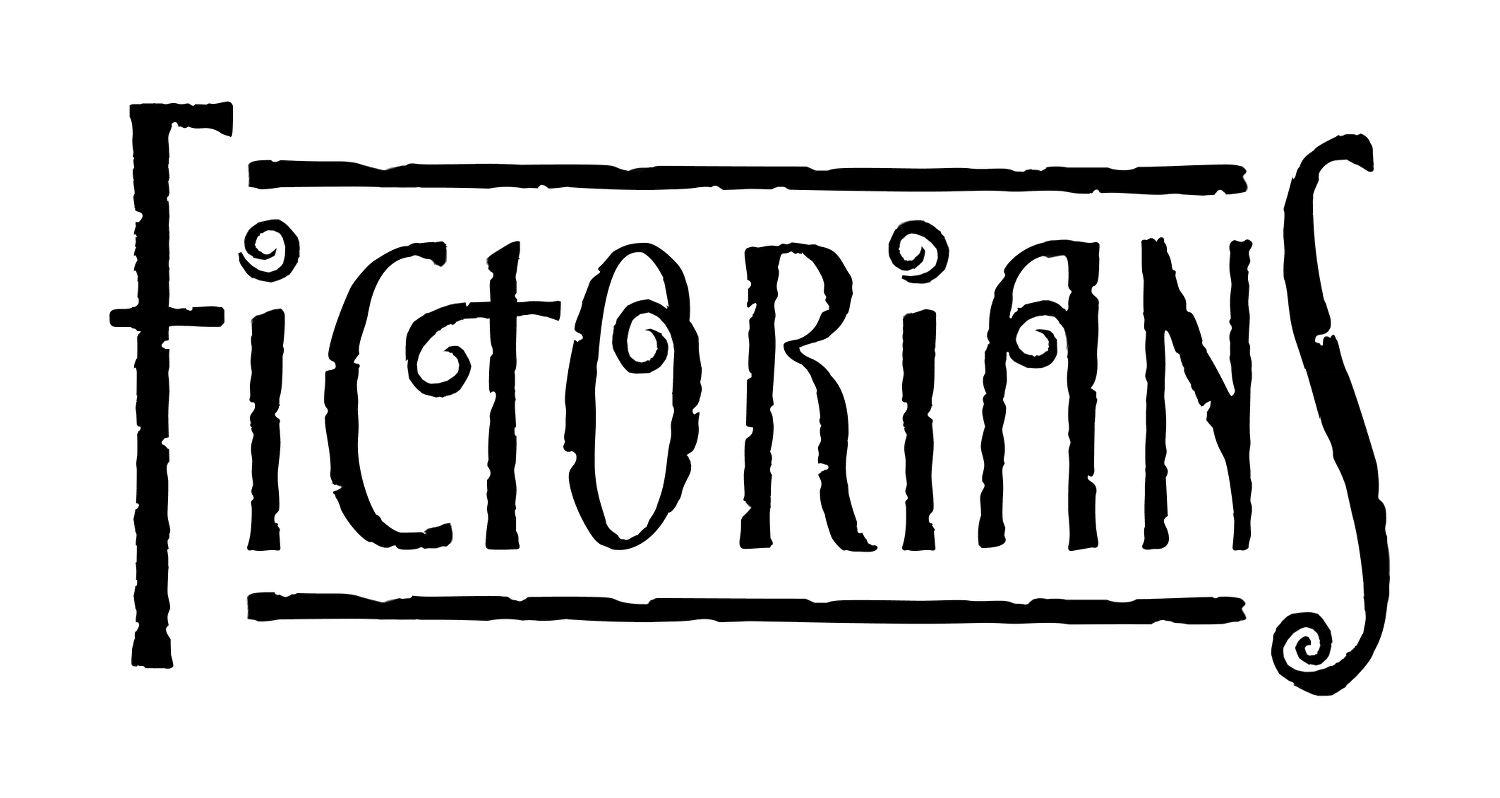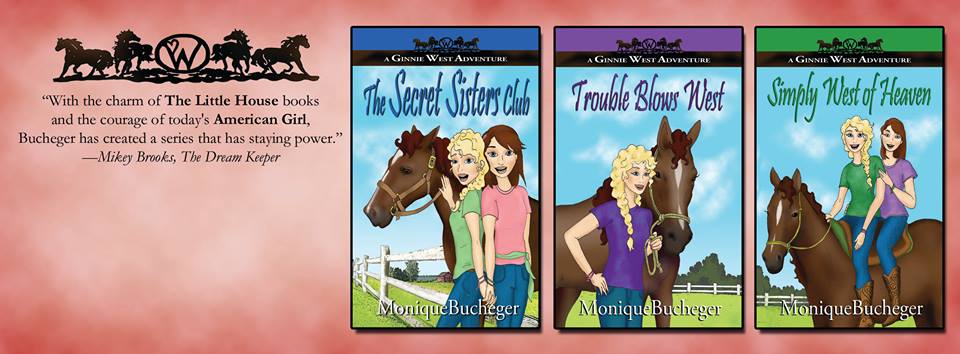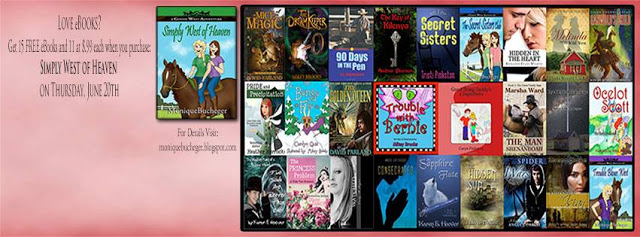Guest Post by Kim May
What could a Campbellian hero quest possibly have in common with a twenty-fifth century space battle? On the surface they are completely different entities, but if you strip them down to their basic building blocks, you can trace the thematic elements in both stories back to ancient myths and legends. To show you what I mean I’ll break down one of my favorite shows – Farscape.
For those who haven’t watched the show, Farscape is the epic tale of American astronaut John Crichton. While testing a prototype spacecraft an extremely large solar flare knocks him into the mouth of a wormhole that takes him to a galaxy far, far away. He joins up with a group of escaped prisoners – Zahn (a priestess), Rigel (deposed emperor), Dargo (berserker-like warrior) – and Aeryn, the kick-ass space marine. They sail through the strange and wondrous galaxy in Moya, a living space ship, with it’s symbiotic pilot as they try to avoid Commanders Crais and Scorpius’ many attempts to re-capture them. Oh yeah, and a third of the characters are Jim Henson Creature Workshop puppets.
This show is so rife with mythic themes that it’s hard to know where to start. I could talk about the character archetypes because Crais is the threshold guardian, Scorpius is a shadow figure, and Rigel is the epitome of the trickster. Or I could break down the show’s biblical parallels with John as Jonah and Moya as the whale. However, that would be too silly since that would mean Aeryn is Mary Magdalene (which is so frelling wrong). So lets look at it through a Greek lens instead.
First off, the overall premise of the show is an Odyssian journey. Like Odysseus, John’s primary objective is to go home. More than once John is within sight of his goal when he is cruelly torn away and forced to travel the path again. Of course, in John’s case, he never makes it because it’s either the wrong version of home or his crewmates need his help out of a deadly situation.
Some of the episodes have an even more direct correlation to the Odyssey. In Back and Back and Back to the Future, they answer the distress call of a couple of scientists, and the good deed almost gets them killed because the scientists were playing with black holes. It doesn’t take much imagination to see the similarities between a black hole and Charybdis – the whirlpool that threatened to pull Odysseus’ ship into the depths of the sea. The Sirens also come to mind since the distress call lured them into danger just as the Sirens’ song lured passing sailors.
In Thank God It’s Friday, Again they encounter the uncharted territories’ version of the lotus eaters – a hippy commune growing plants for “medicinal use” and are a little too generous when it comes to free samples. True to the myth, when Dargo consumes said sample, his rage and desire to return to his son completely disappear. He spends most of the episode in a Matthew McConaughey-like daze and it’s up to John to save his crewmates from their drug addiction before they start playing the bongos.
One of my favorite episodes, A Human Reaction, has a built in Deus ex machina. John thinks he’s made it home only to find out it’s all a dream and his dad is Zeus…I mean an ancient alien disguised as his dad (which is totally what Zeus would do if he ever went into space). The most brilliant aspect of this episode was that they never explained the technology that allowed the Ancients to do this. Because of that they have a very godlike distinction for the rest of the series; and unlike Stargate, the writers don’t overuse the device. One could argue that the Ancients ultimately harm John more than they help him in the end – which is exactly what the Olympians did to the Greeks.
So why do these classical elements work so well in futuristic, technology laden settings? First of all, they’re familiar. They’re the security blanket we can clutch when hostile forces threaten to destroy Moya or when Scorpius is frying John’s brain in the chair. Because of the storytelling tradition of myth and legend, we know that eventually, somehow, the hero will emerge victorious. Whether it’s a clever idea that helps them or they’re rescued by one of their companions doesn’t matter, as long they win the day.
Another reason is that depending on the viewpoint, magic can be science and vice versa. The two can even be combined into one epic tale. Ken Scholes does it wonderfully in the Psalms of Isaac novels.
So when you sit down to write your next story, don’t be afraid to mix the genres and use ancient legends as inspiration. The slipstream may be what your characters need to find their way home.
***
Kim May writes sci-fi and fantasy but has been known to pen a gothic poem or two. She works at an independent bookstore and dog/house sits on the side. A native Oregonian, she lives with her geriatric cat, Spud, and spends as much of her free time as she can with family and friends. She recently won The Named Lands Poetry Contest. If you would like to find out what she’s working on, please visit her blog.



